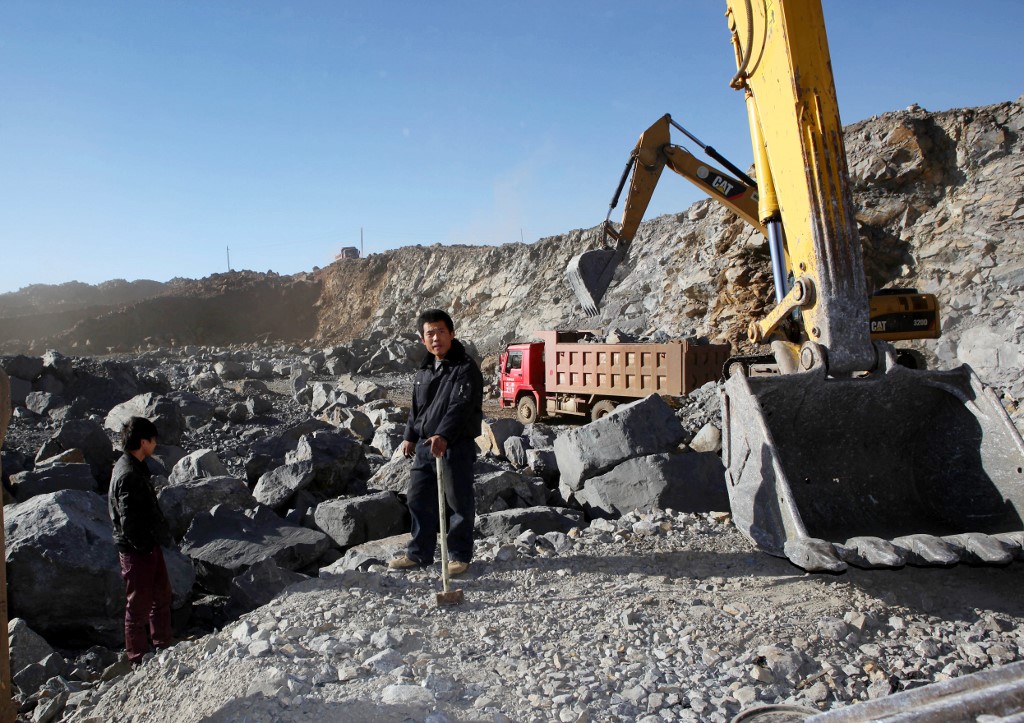(ATF) Jiangxi province is emerging as a hub for technological innovations that can transform manufacturing. It has a rare-earth magnet maker based in the southeastern Chinese province who leads the nation with a new technology that helps reduce the weight of electric vehicles (EV) and extend their range while saving rare earth in the production process.
A new project that will use grain boundary diffusion technology in the making of advanced magnets – a key part in EVs – is under construction at JL Mag Rare-Earth Co Ltd (JL Mag) in Jiangxi’s Ganzhou city, the state-run TV network China Central Television (CCTV) reported on Sunday.
“The grain boundary diffusion technology used in the project is industry-leading within China. It can help reduce the weight of new energy vehicles and extend driving range,” the report said.
Grain boundary diffusion is a technology that makes heavy rare earth enter a magnet base along the grain boundary through heat treatment to improve coercivity.
It can improve the performance of magnets by 20-30% while reducing the consumption of heavy rare earth elements by 50%, Mao Huayun, deputy general manager of JL Mag, told CCTV.
This will help lower the cost of magnets used in electric machinery, thus making them available for wide adoption, the report added.
Shenzhen-listed JL Mag is a maker of high-performance Neodymium Iron Boron (NdFeB) permanent magnetic materials used in EVs, energy-saving air conditioners, wind power, and robots, according to the company’s website.
Headquartered in Ganzhou, the main source area of heavy rares earths, it is also building a production base in Baotou, Inner Mongolia, which is a main source area of light rare earths.
Magnets
Powerful magnets made of rare-earth minerals are essential components in electric-vehicle motors, wind turbines and other technology.
China mines over 70% of the world’s rare earths. The country’s rare-earth magnet industry has had a decades long head start and steadfast state support. It is now responsible for 90% of the complex process of turning rare earth into magnets, analysts say.
In a visit to Jiangxi province in 2019, President Xi Jinping urged companies in the province to enhance their research and development and grasp more core technologies.
The province is transforming its traditional industries using big data and artificial intelligence, the report said.
A total of 150 companies have carried out 365 digital and ‘intelligent’ transformation projects, which have helped improve production efficiency significantly.
With the local government funding support, an air conditioning compressor plant of Shanghai Highly Group in the provincial capital Nanchang can now assemble a compressor in six seconds using robots while in the past the work would have taken 26 workers working simultaneously 30 minutes to finish.
During China’s 14th Five-Year Period (2021-2025), Jiangxi province aims to further modernise the steel, petrochemical and construction material sectors, and plans to set up 100 research institutes in the hi-tech area, the report said.
ALSO SEE:
- Rare earth stocks ‘on fire’
- Rare earth prices go through the roof as China tightens supply
- China enforces new export controls, red letter day for rare earths
- China threatens rare earths blacklist as trade war expands
- China rapidly expanding Baotou rare earth high-tech zone
- Battle for rare earths escalates as Pentagon gets involved
- Beijing tightens reins on global rare earths supply
























